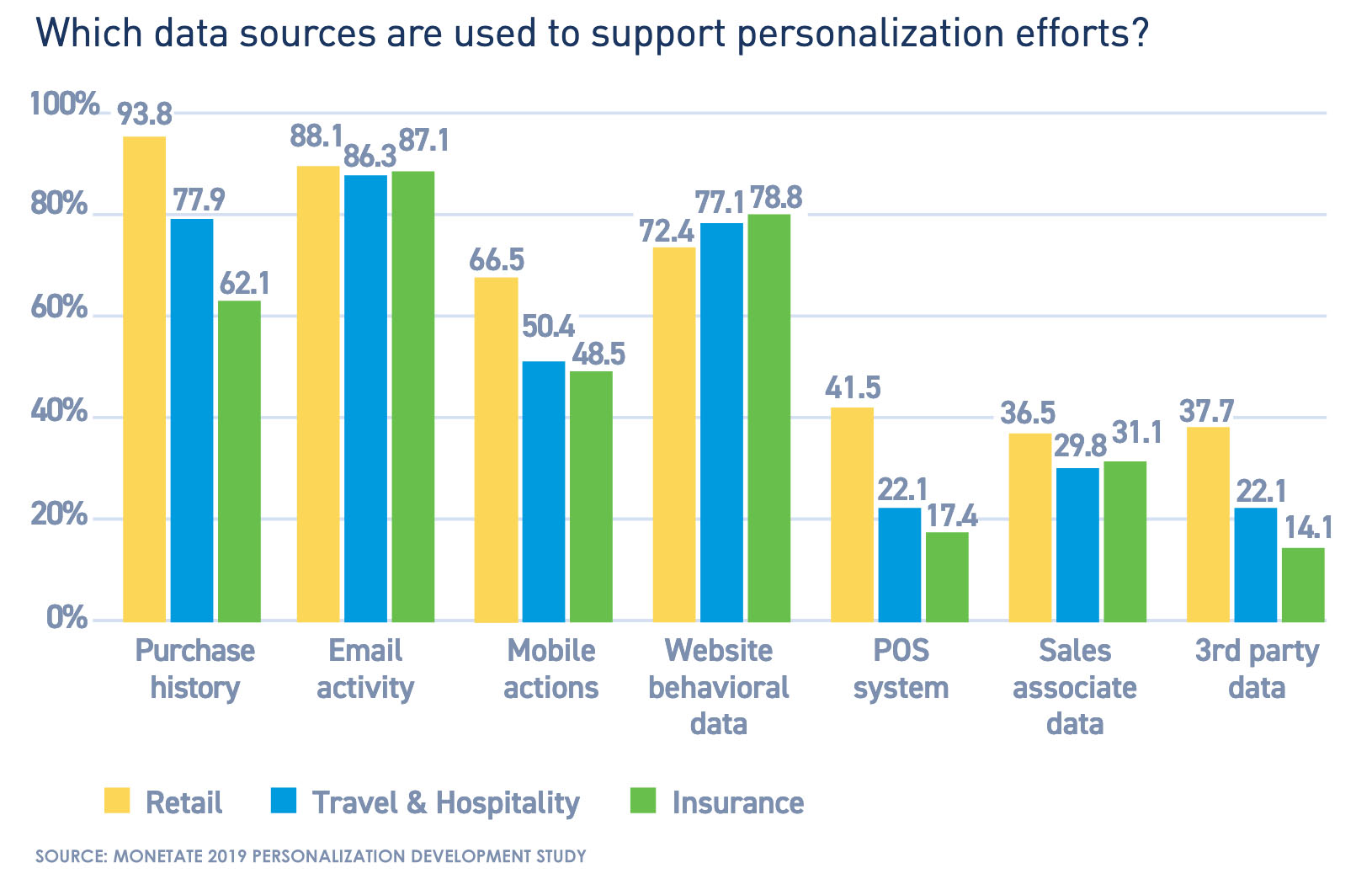Growing a Retail Brand Through Digital + Offline Media Planning
/As retail brands scale or reach a natural pause in their growth, one thing becomes abundantly clear: what got you here won’t get you there.
Brands need balance.
Given the large capital investment in each physical store location, maximizing local traffic in every active storefront is a business imperative. With the shift in consumer purchasing swinging to e-commerce and experiences at home, the competition for footfall is greater than ever.
This is where a new or revised paid media strategy can reignite growth.
While the media planning targets of retailers, and even how different retailers are visited and consumed, are radically different, there are strategic underpinnings to the brands who grow and those that do not in media strategy:
1. Location Data
Though it is not perfectly reliable, location data provides immediate feedback to which digital tactics are driving visits. Using this data intelligently (using the right partners, verified for accuracy) is a critical step 1 for increasing visits. This is accountability between digital media and visits.
2. Purchase data
The importance of creating a one to one relationship with consumers, that makes their lives easier and adds value, has never been higher. Using a custom app and tying back usage to advertising exposure, or simply tying purchases back to credit card data (easy to do with the right partners) through third parties provides deeper accountability with an incomplete but useful ROAS. And it allows for personalization based on actual spending, far more valuable than deciphering whether they are “in market.”
3. Share of Voice
Digital media tactics tied back to visits/sales are not a complete marketing mix. As Les Binet says, having a share of voice above a brand’s share of market is a correlate for growth that has remained consistent over time.
The most important thing is that you are not being outshouted by competitors. “Brand” paid media is essential in creating this share of voice, as is keeping a close eye on a brand’s competitive set.
Remember that you are not just competing with all the stores in your category, you are competing with all the stores in the mall/zip code, consumers have a finite set of time.
4. Consumer Journey
And though it feels odd to place this last, consider the consumer journey. Every retail category is different in terms of habituation, involvement of the purchase and logistical constraints like distance.
Your job is to ‘stack the deck’ where consumers are about to make choices - best done through identifying the triggers that bring them into your category. Targeting media against these triggers, to your audience, and to consumers closer to retail locations and is how we create the highest ROI media mix…so long as we don’t forget to build the brand to make winning at these triggers a fait accompli rather than a crapshoot.
As you will typically find in my posts, what retail brands should really seek is balance. Growth requires investment, smart usage of data and measurement, and deep knowledge of how the consumer buys your category. Get testing.
Interested in working with Bill? E-mail Bill and set time for a one-on-one meeting.












